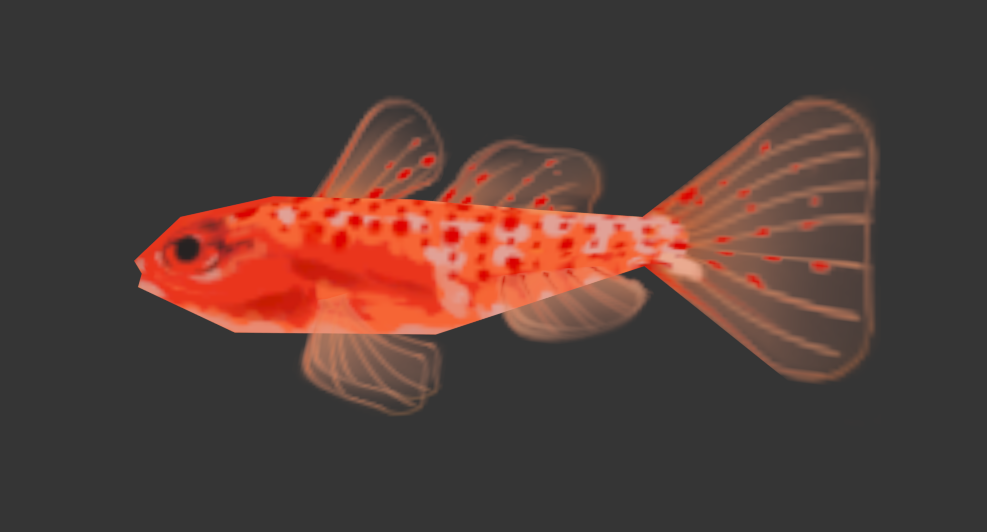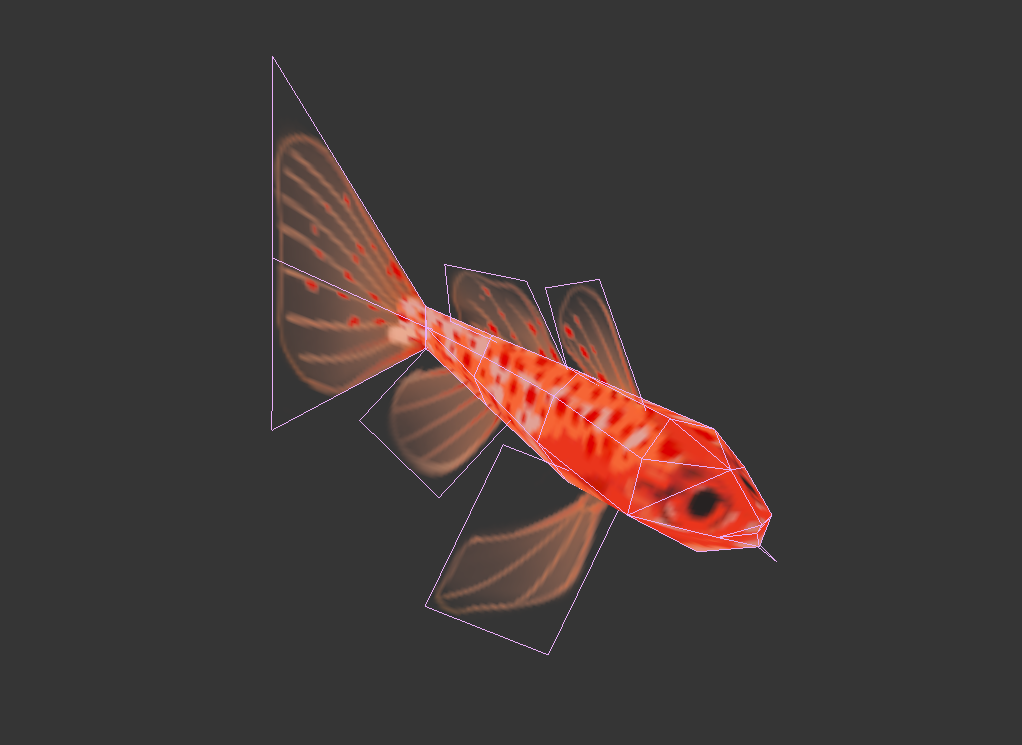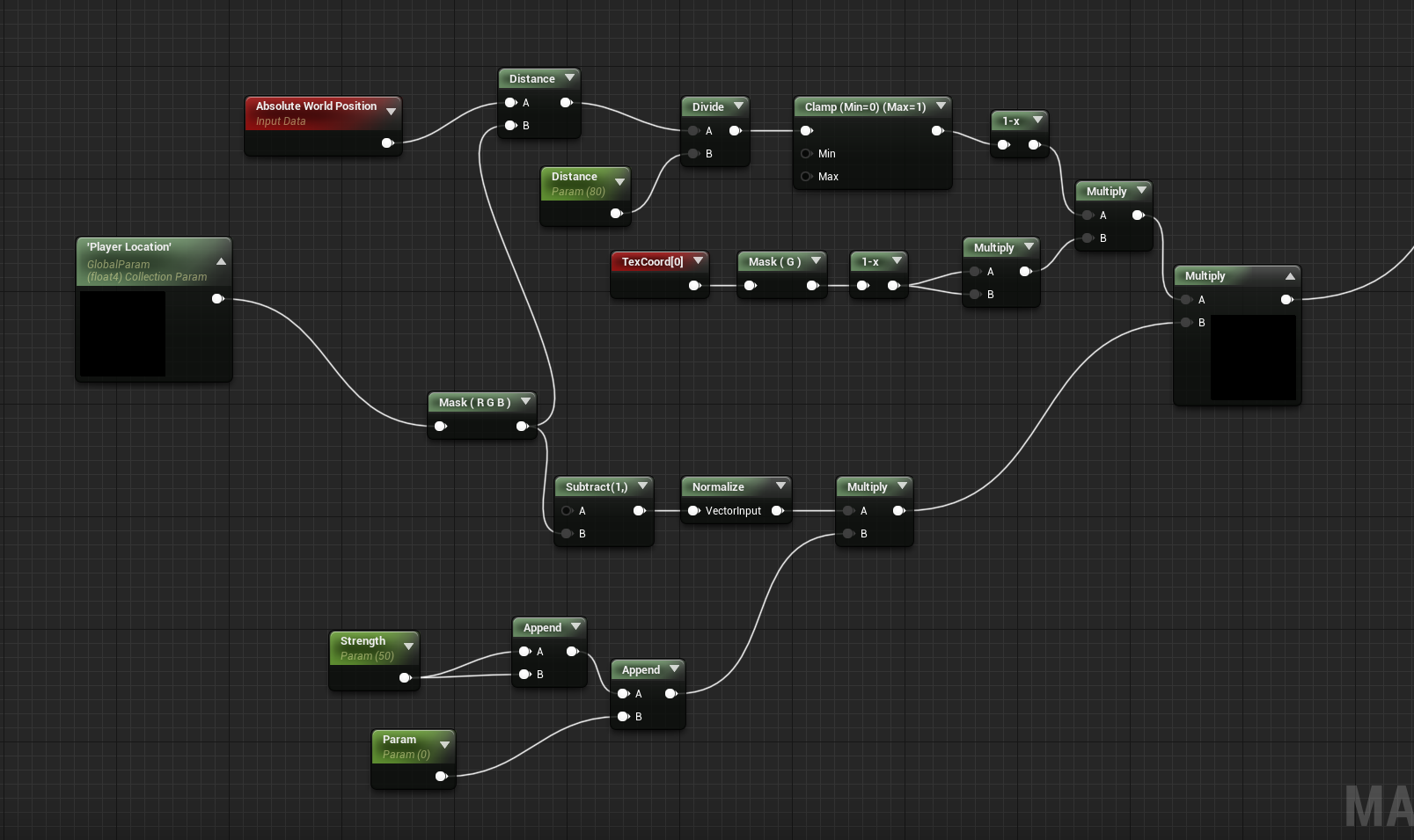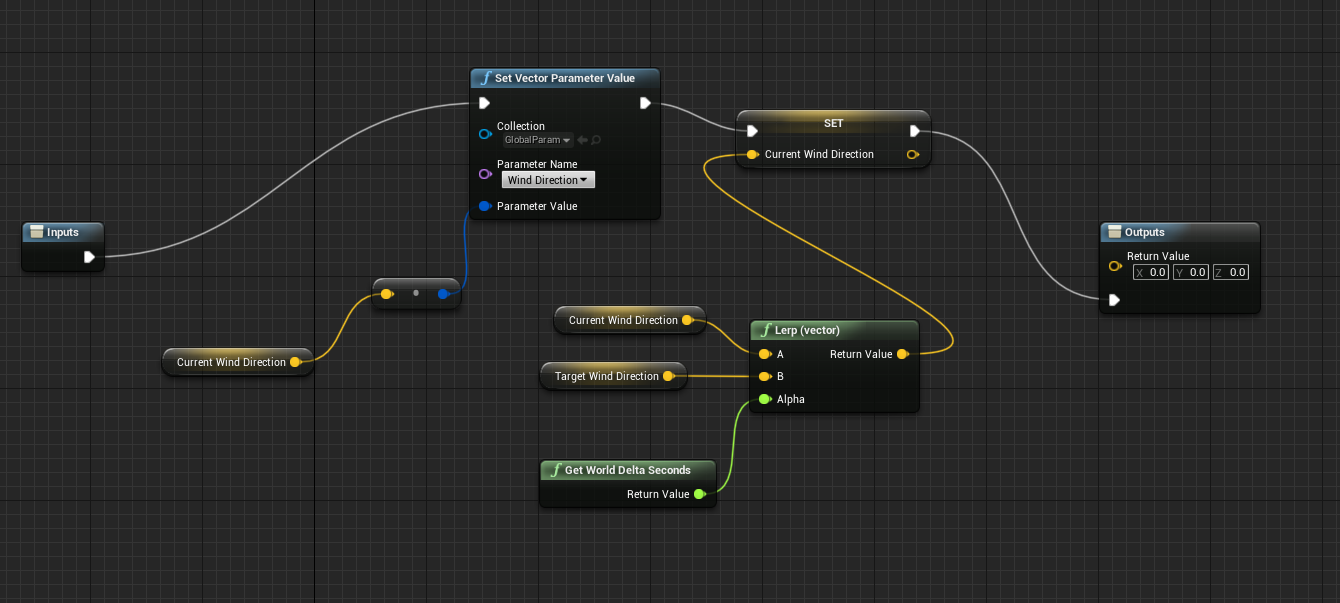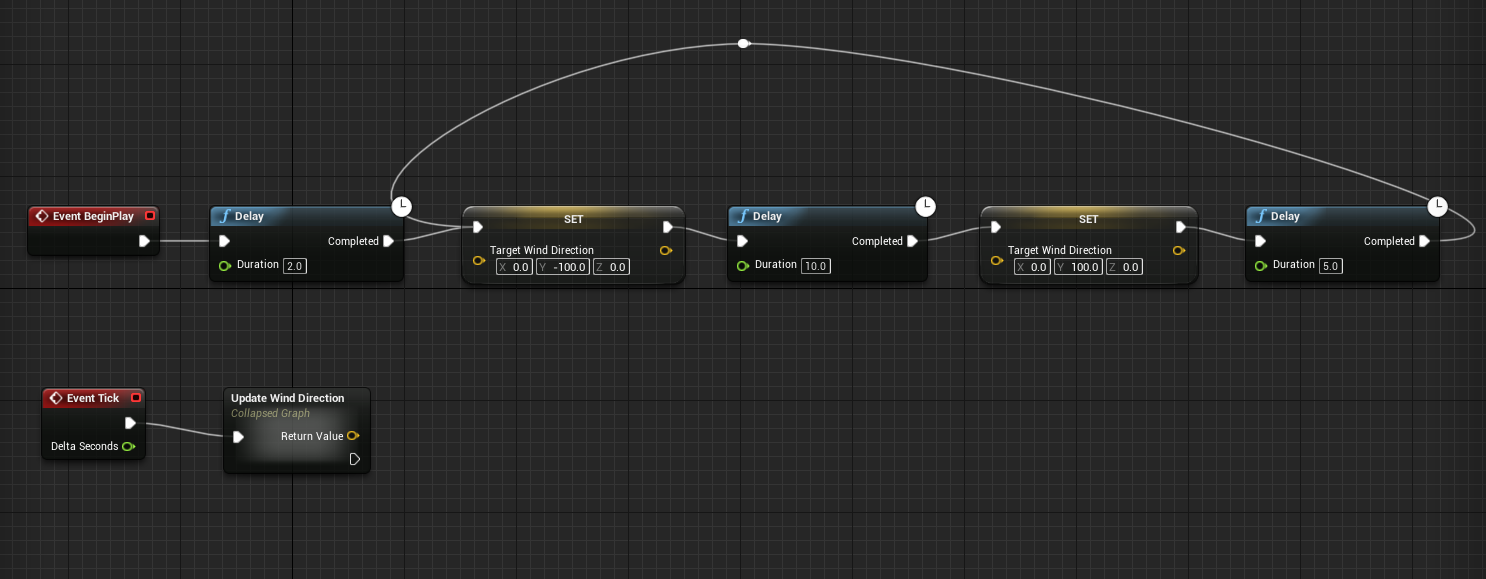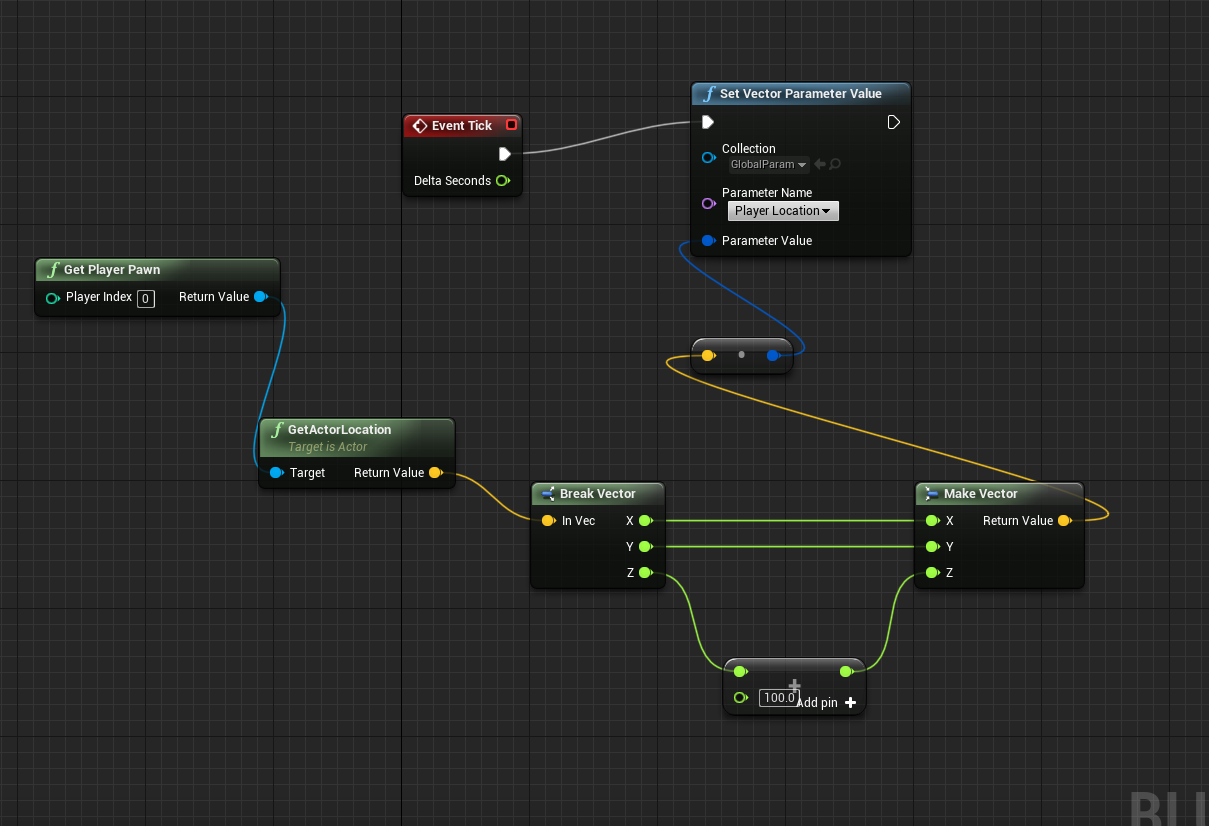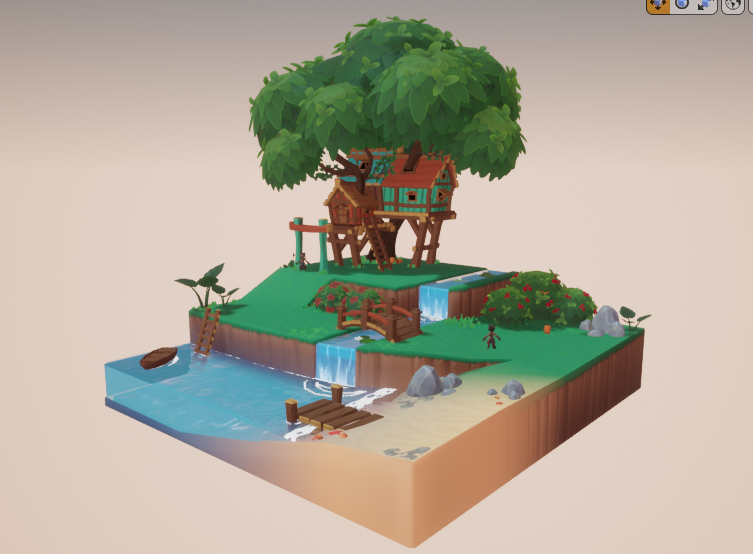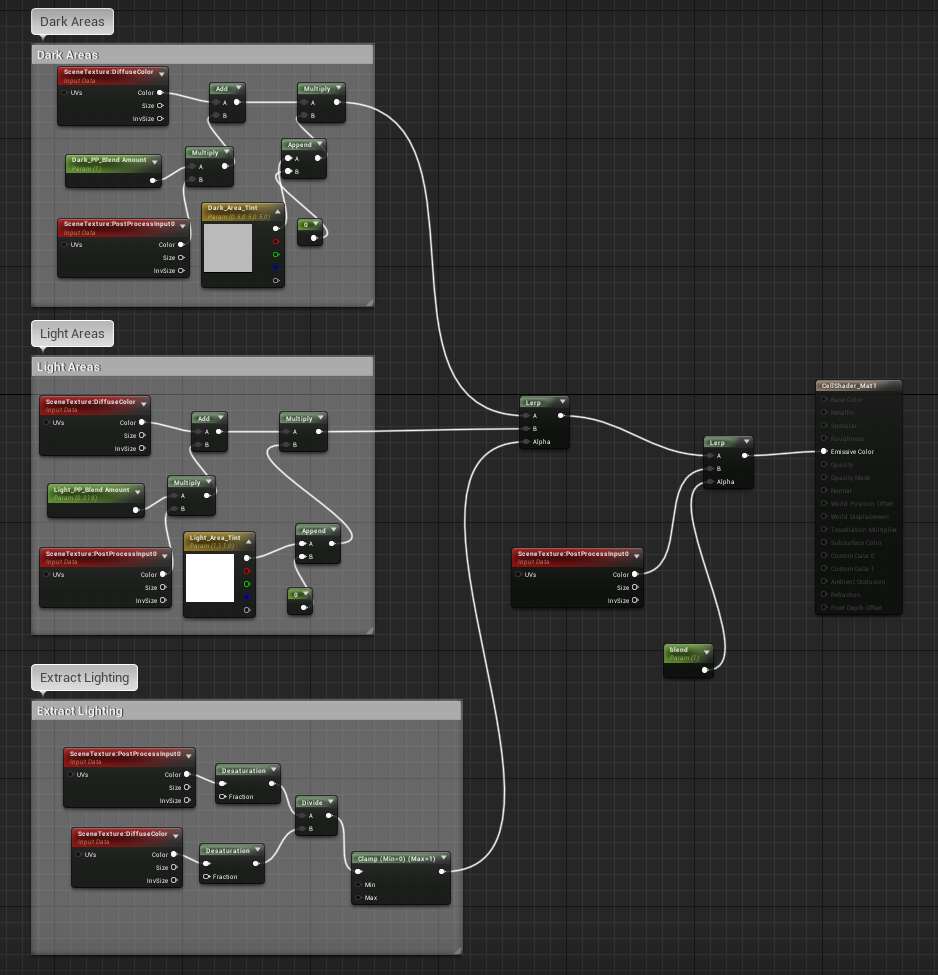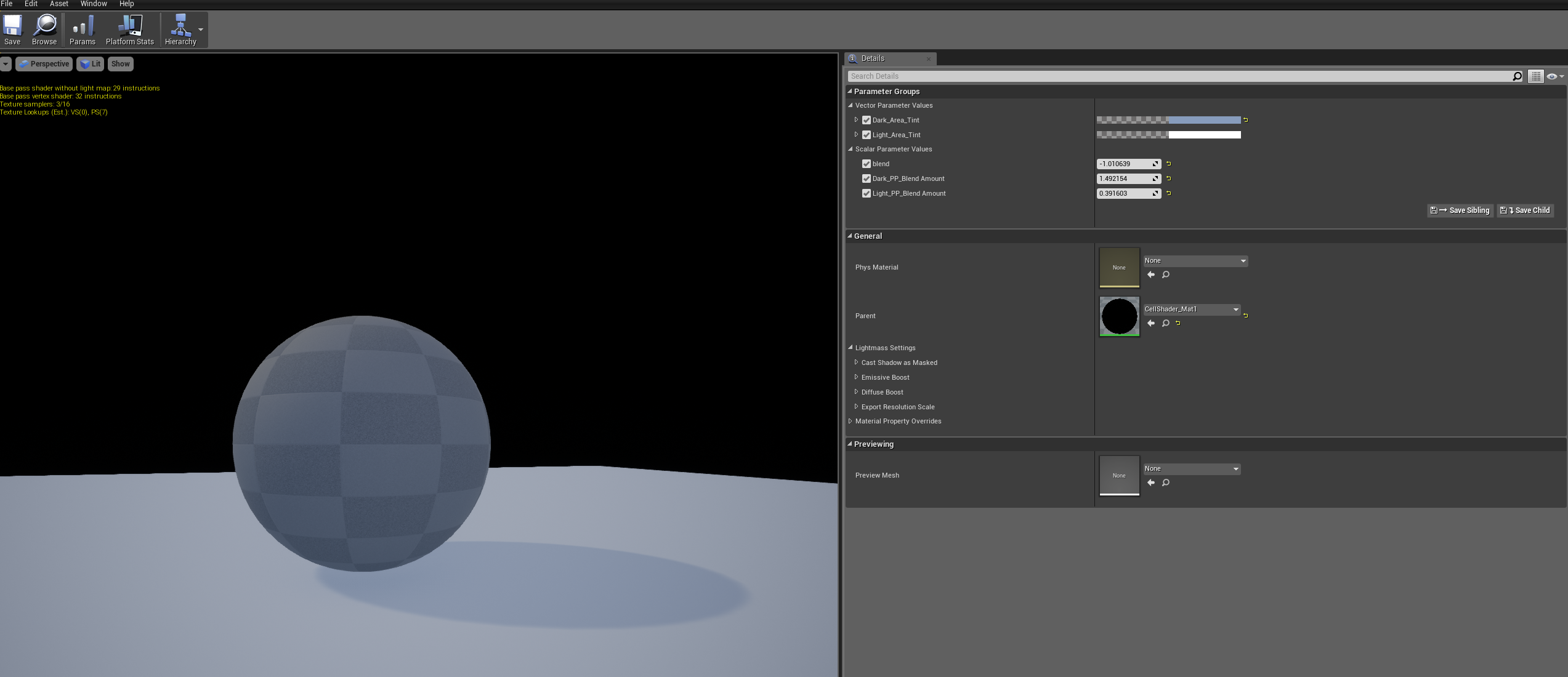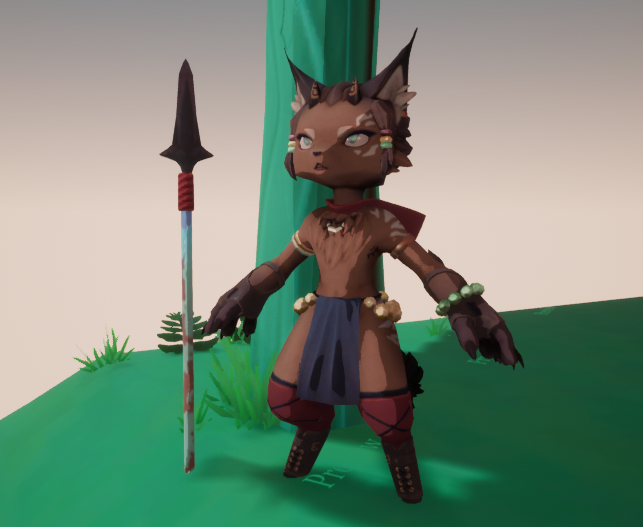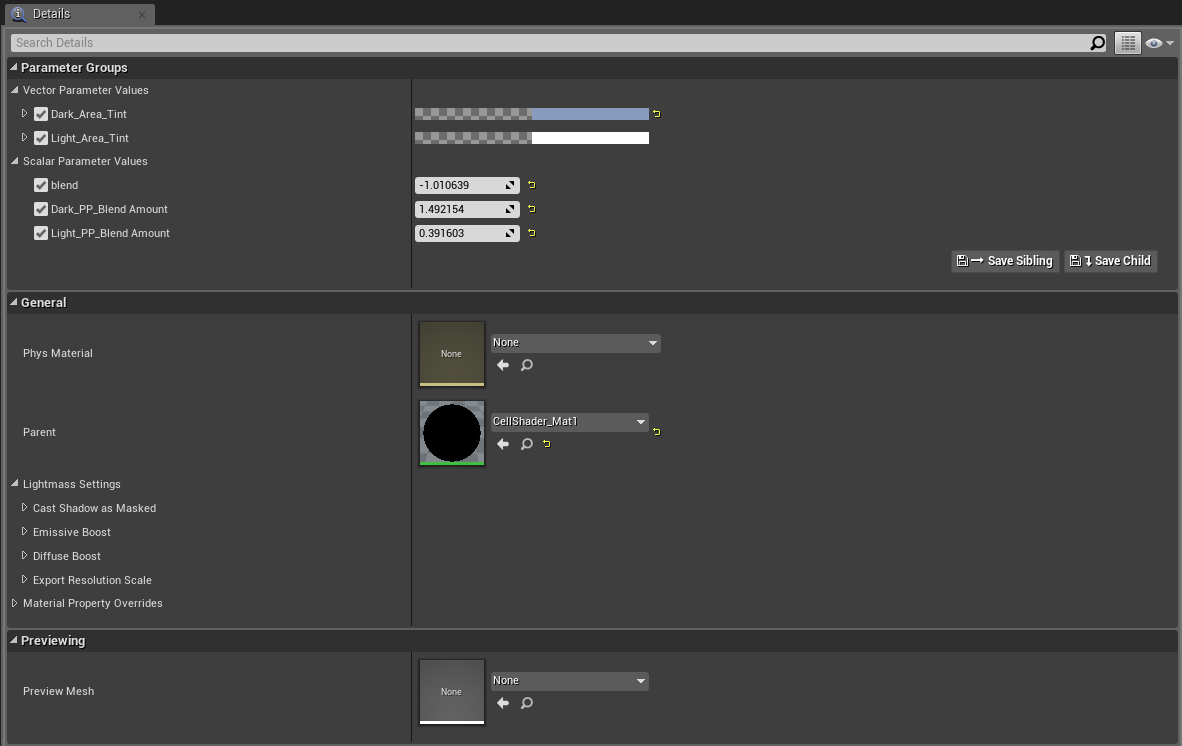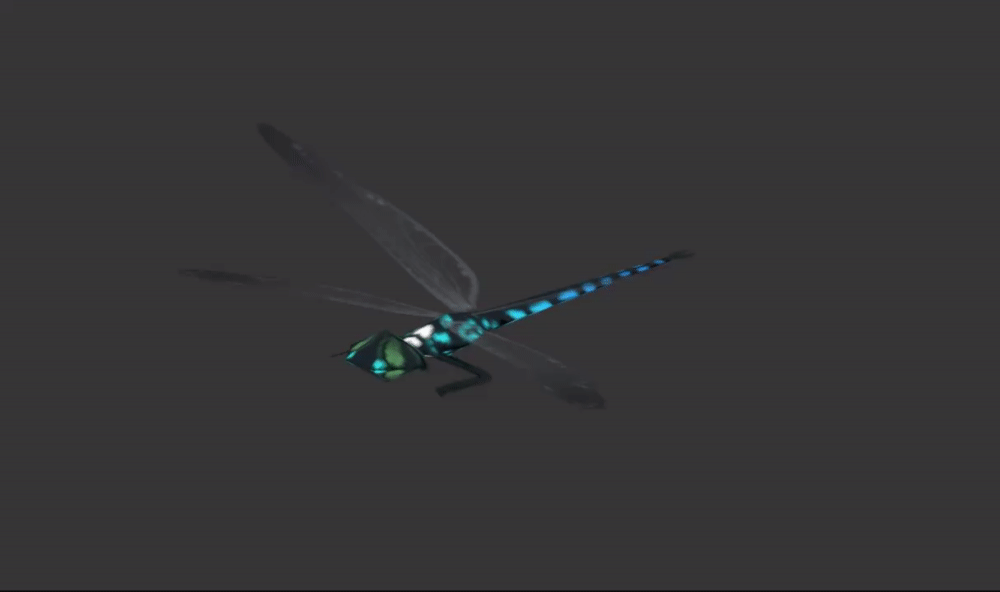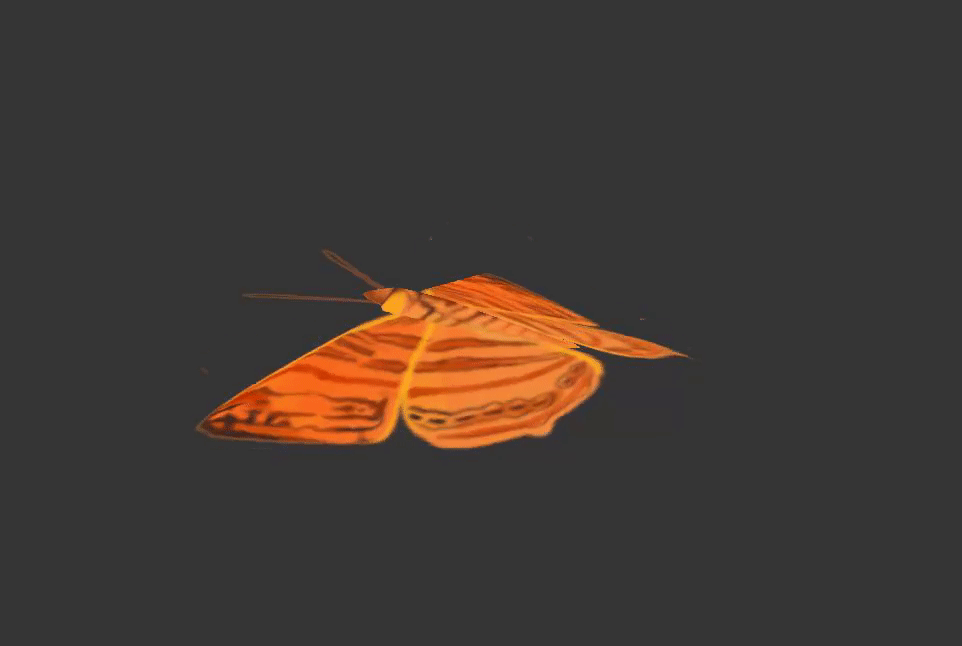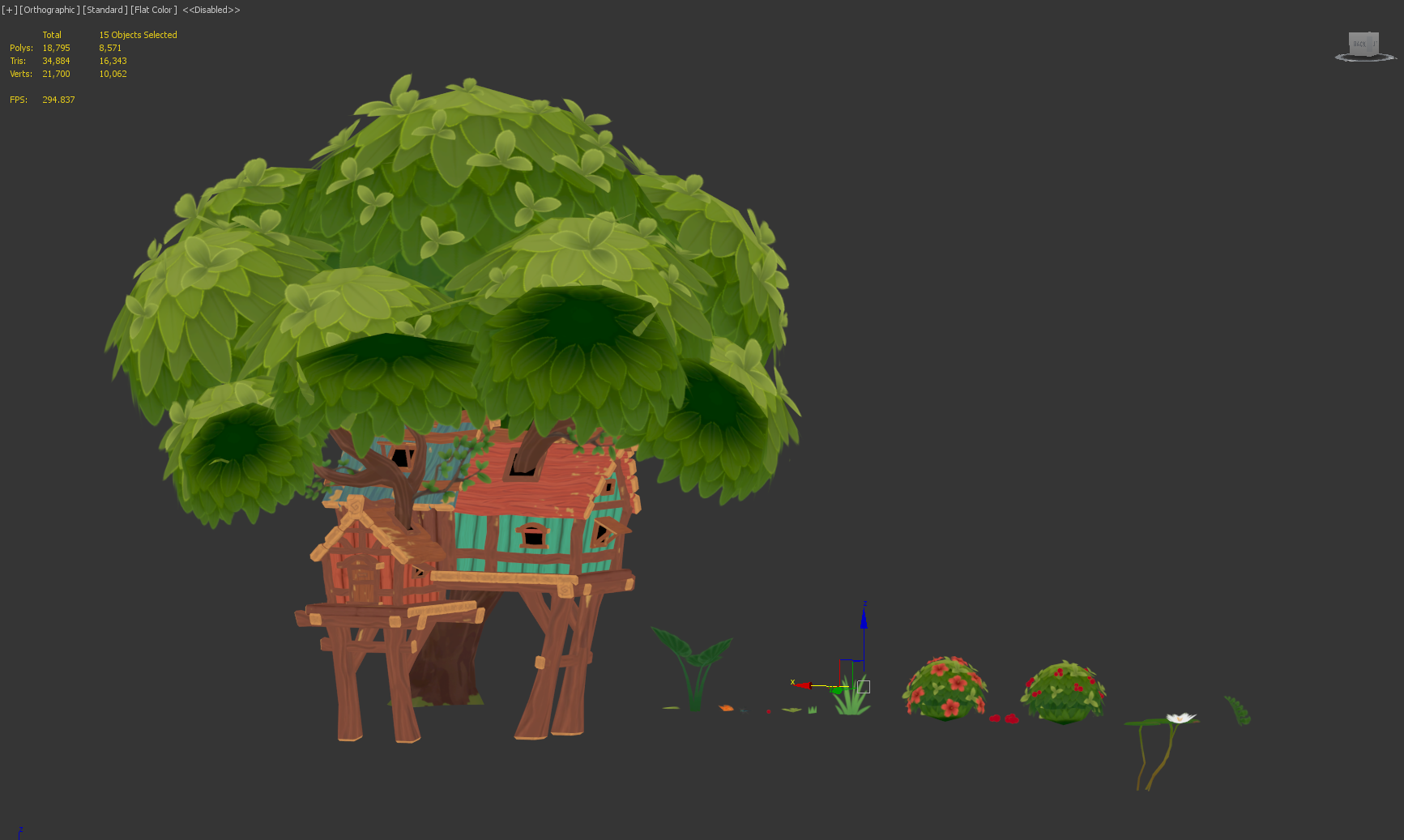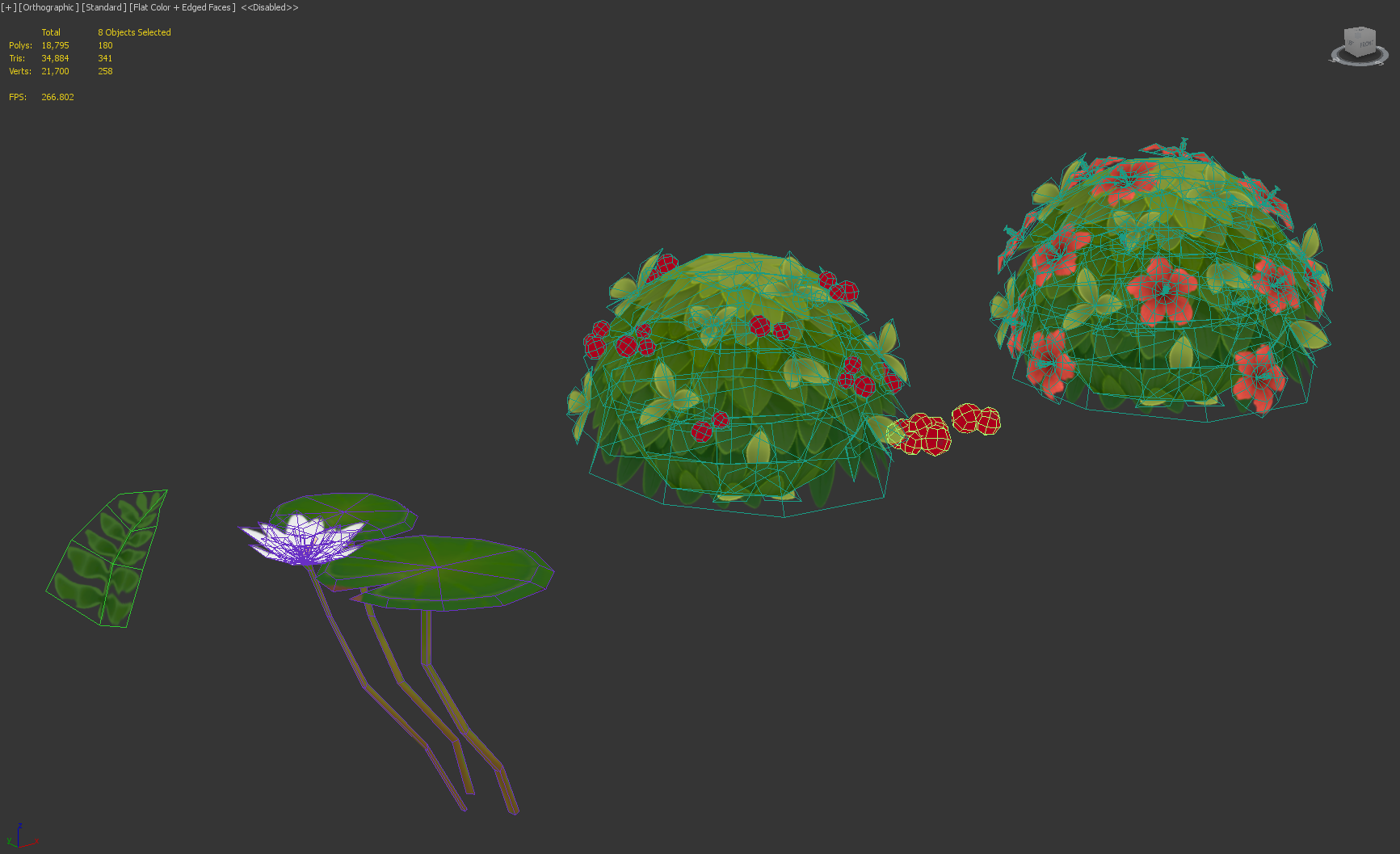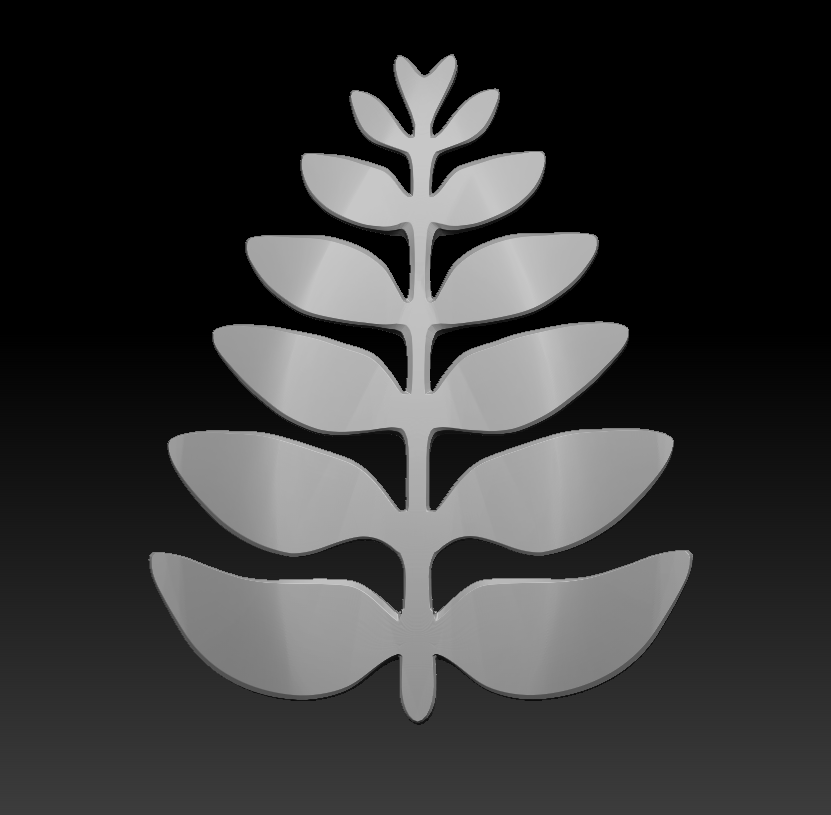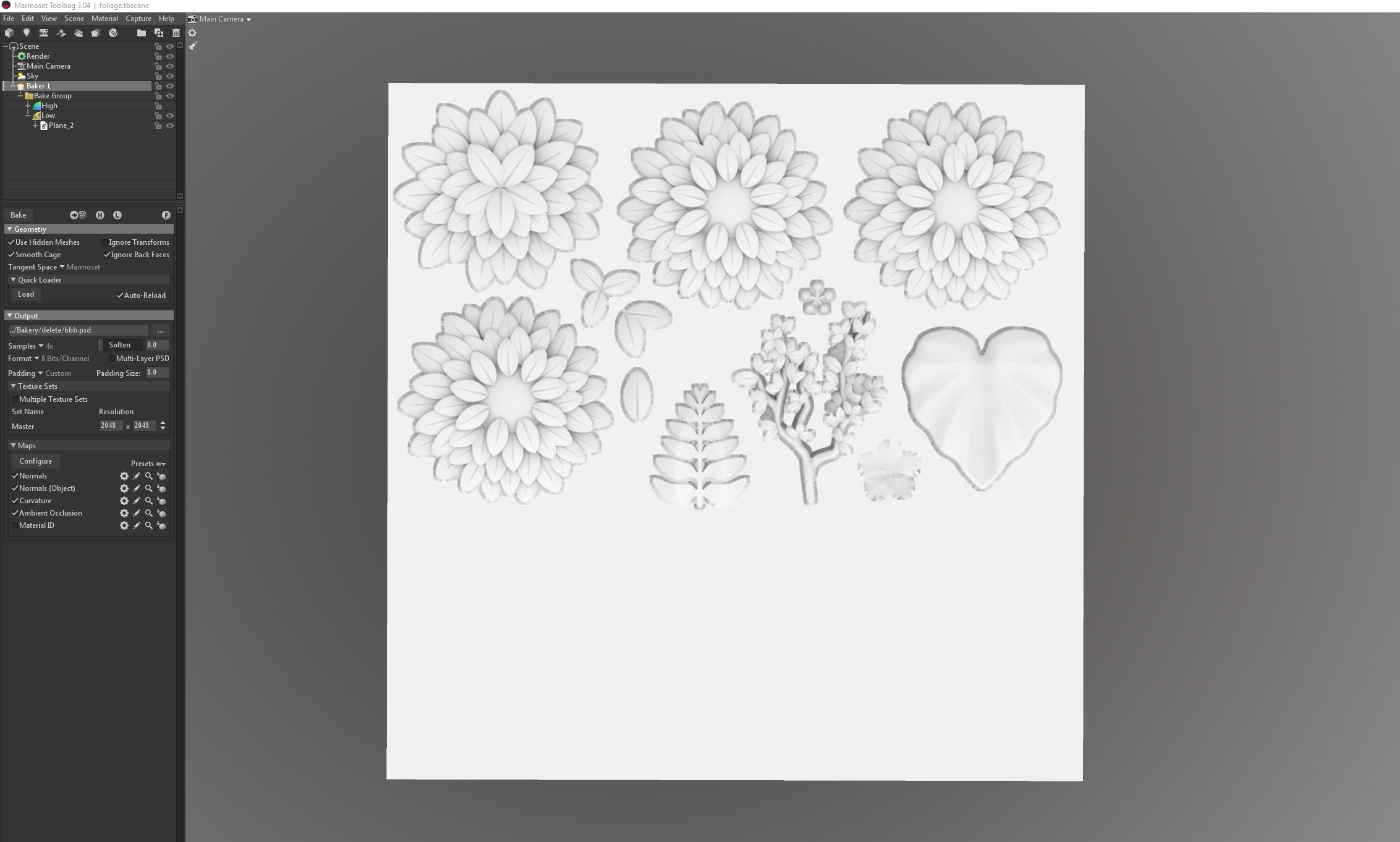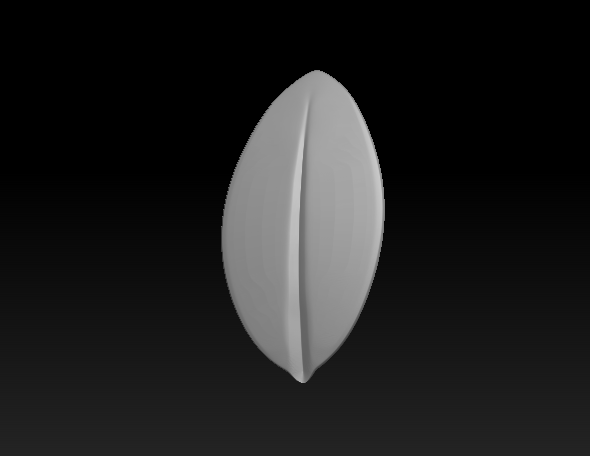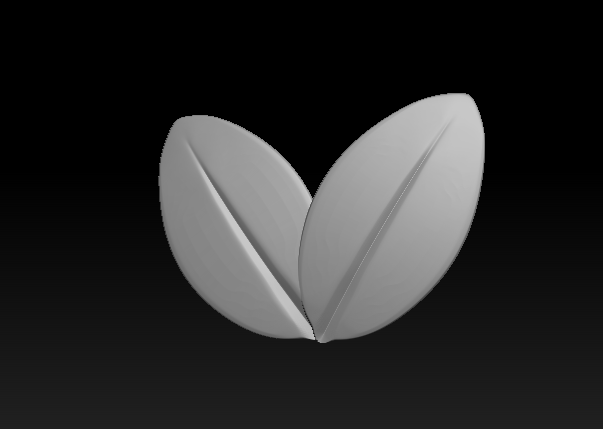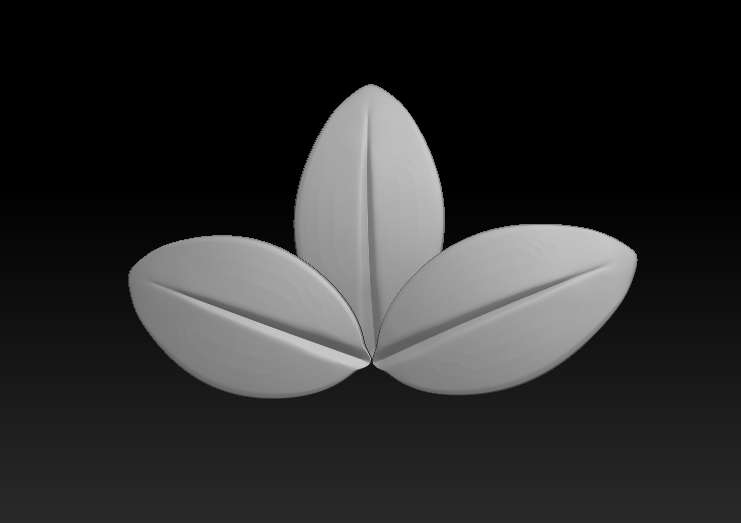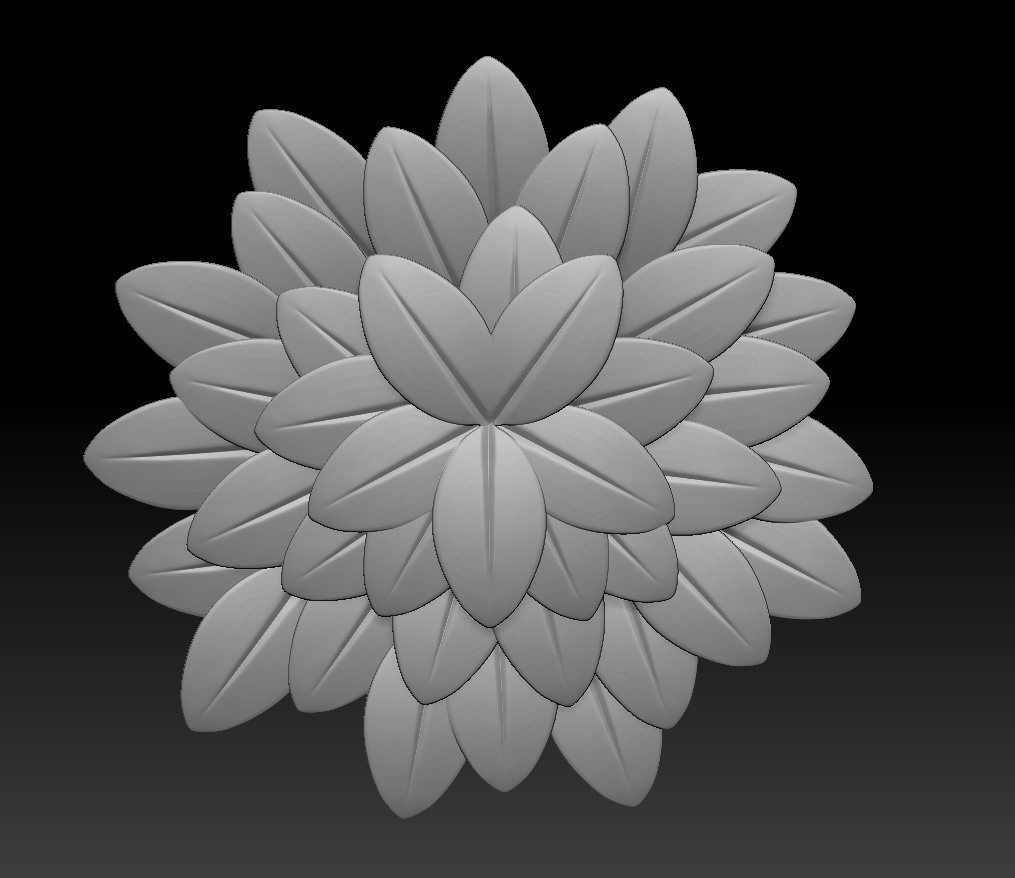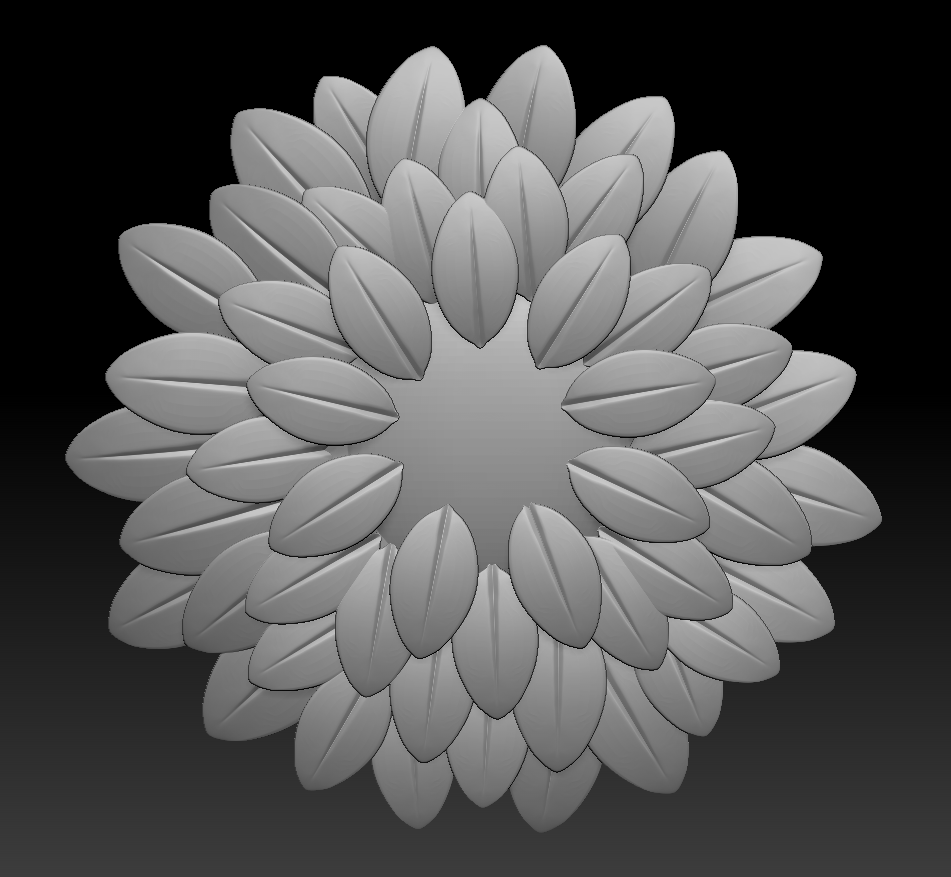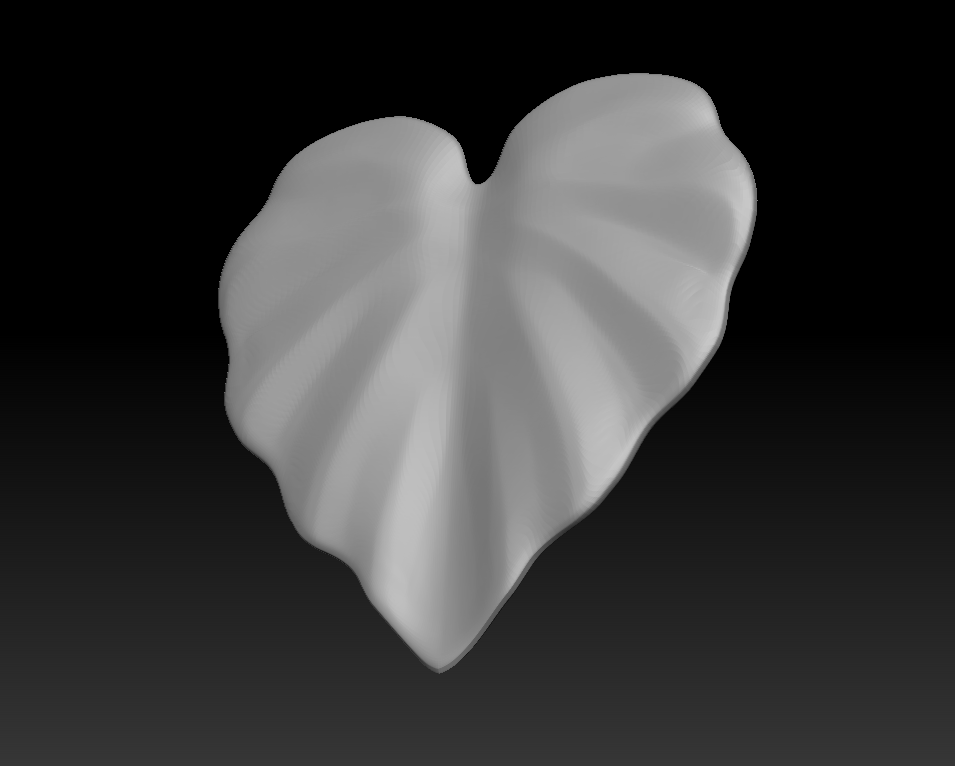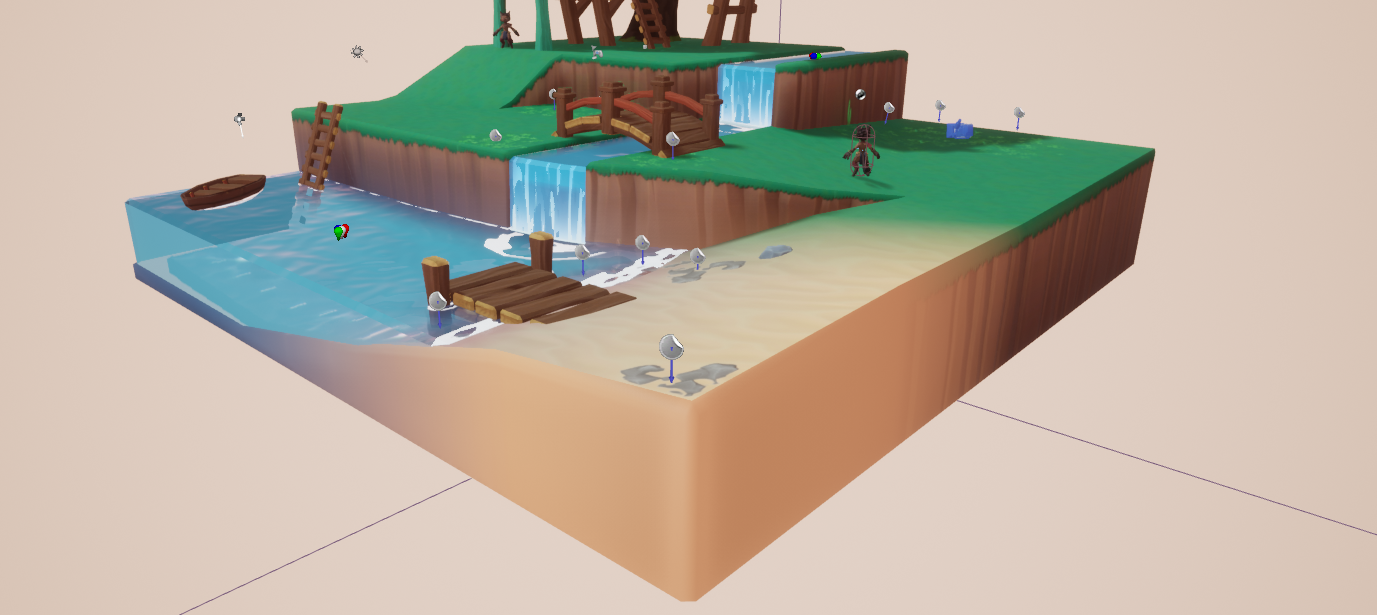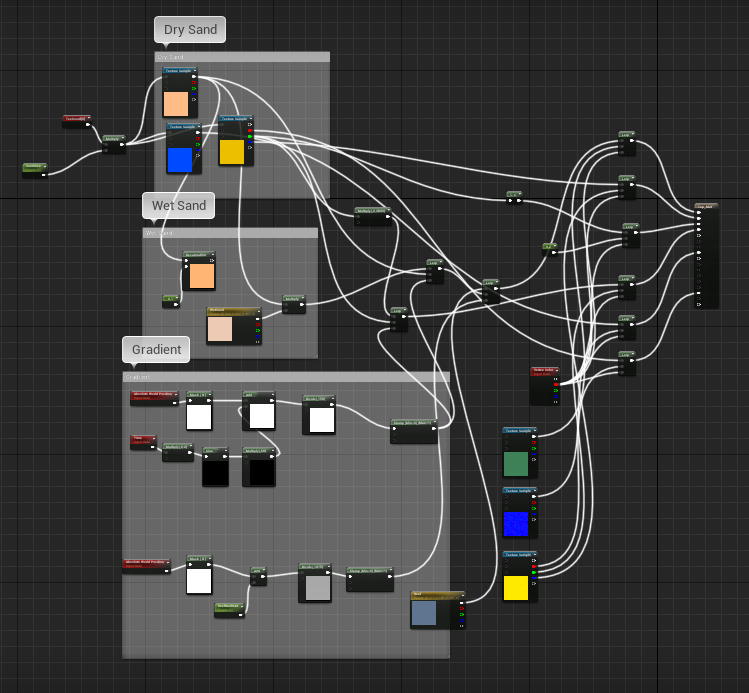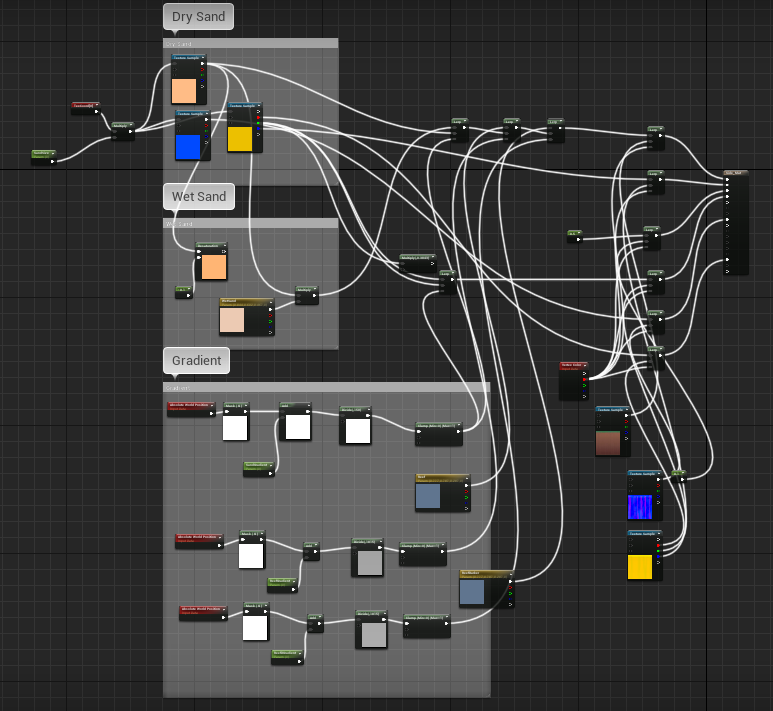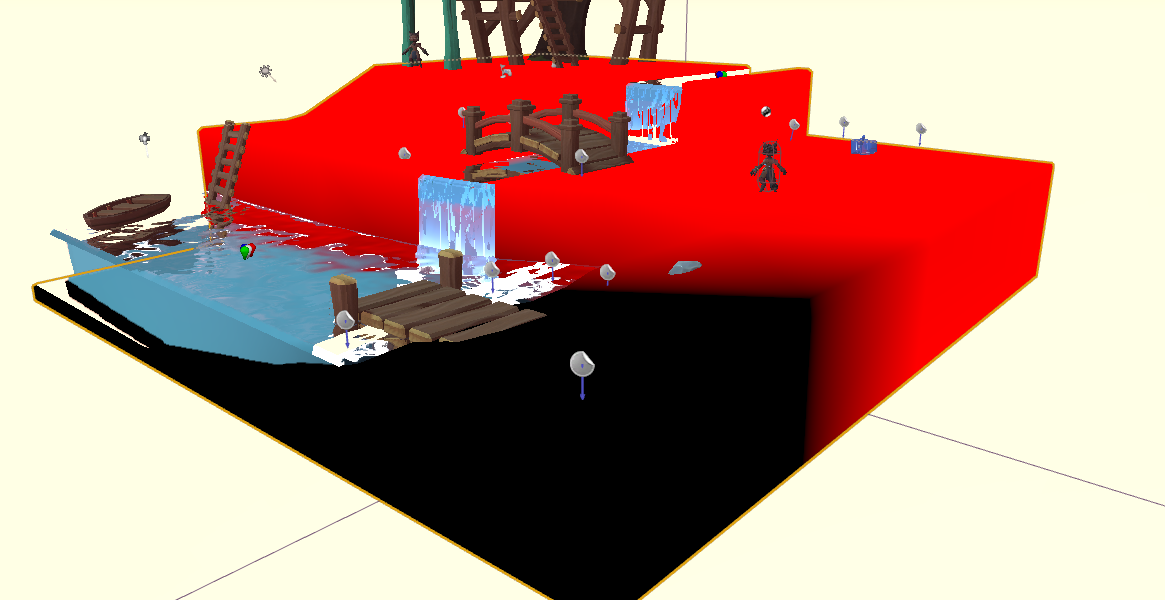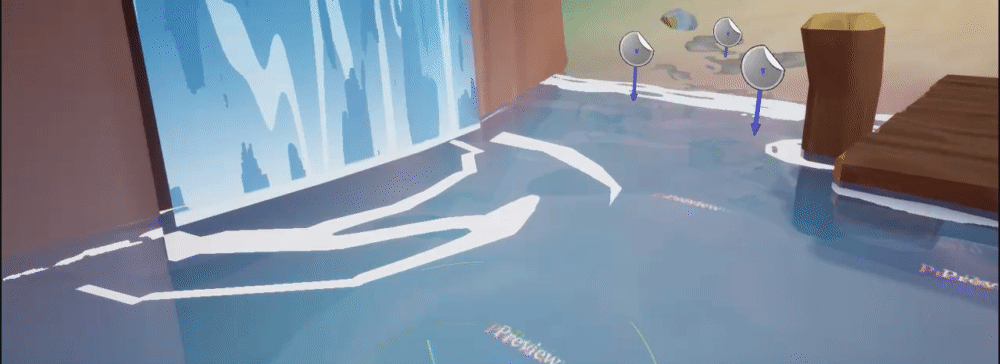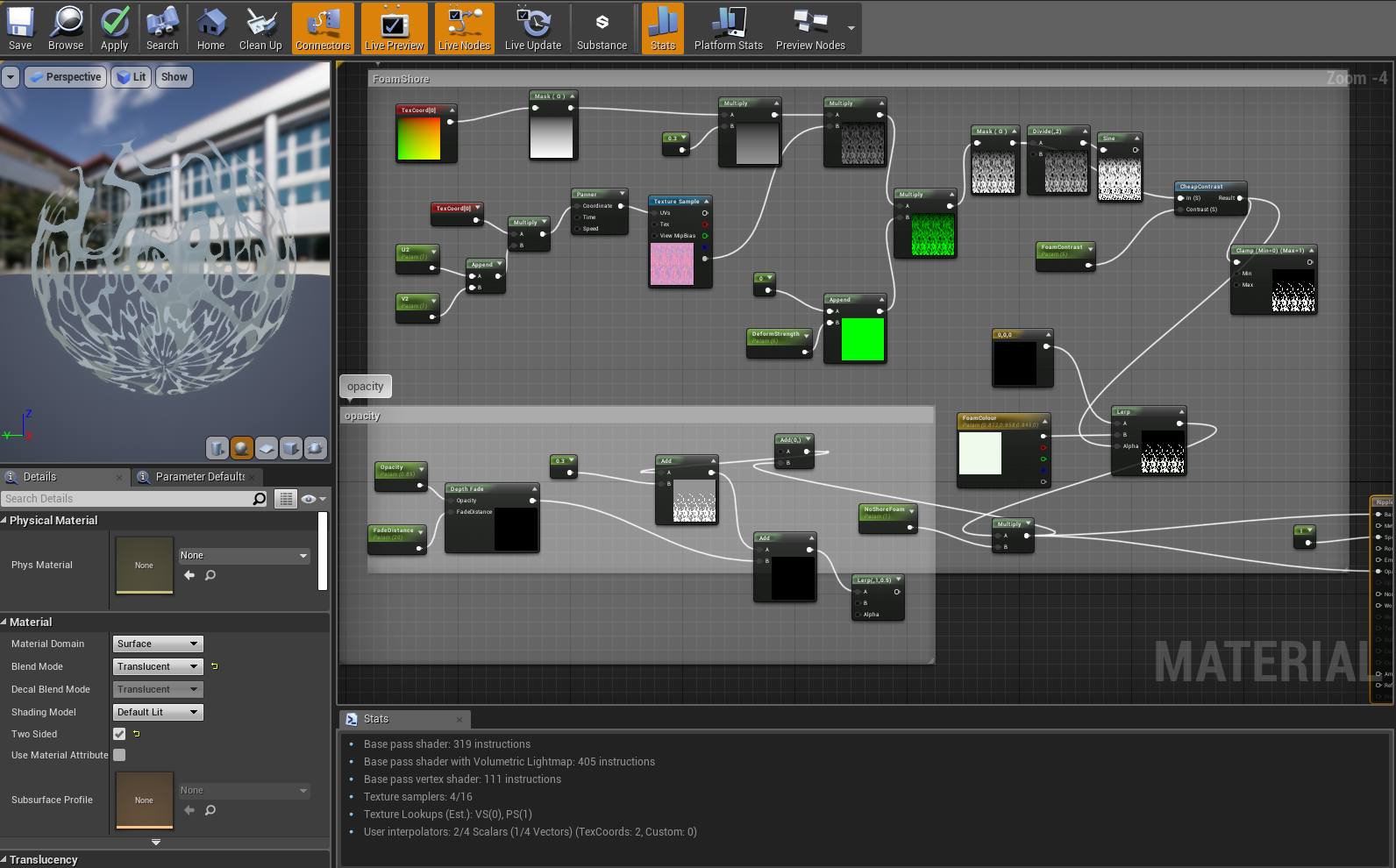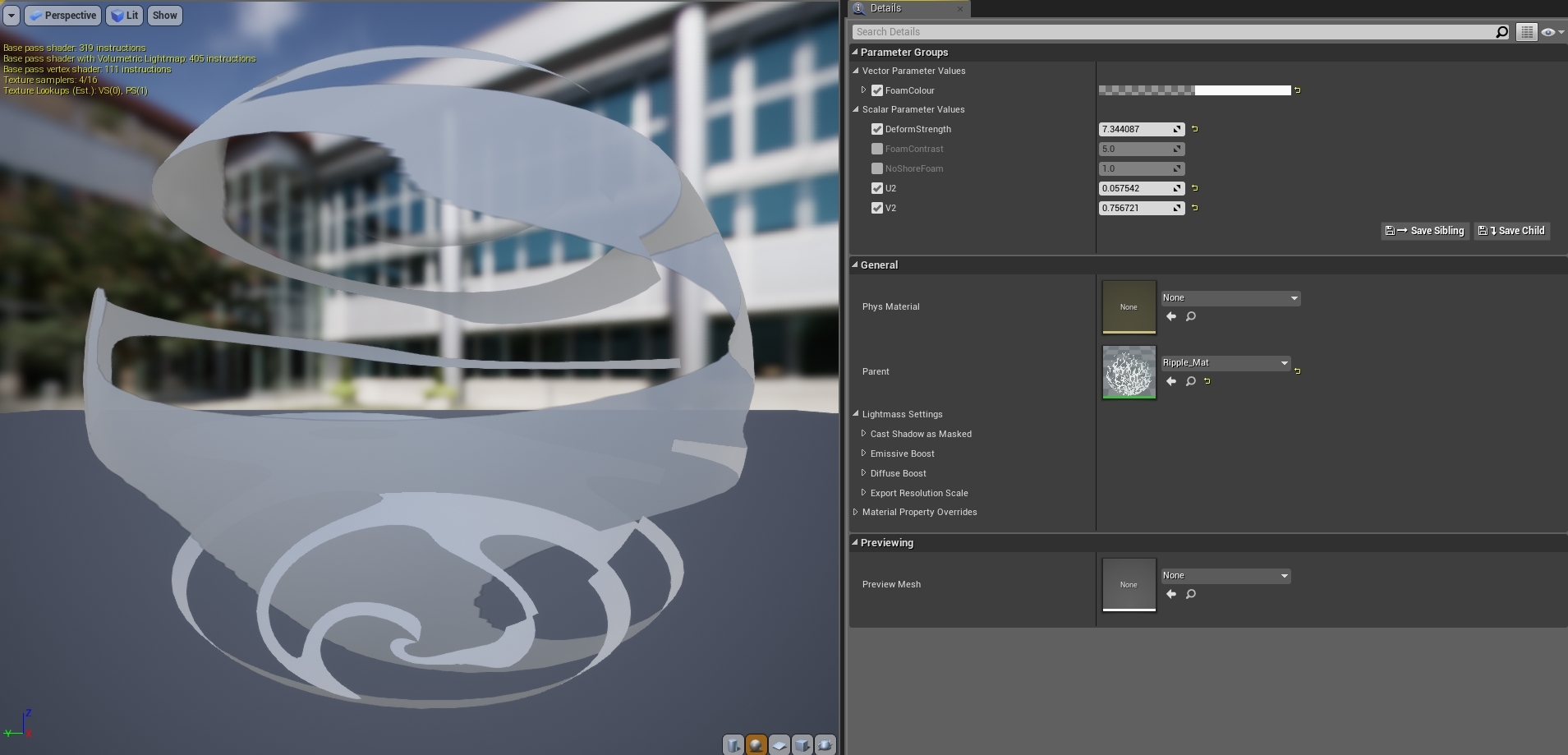Over the past couple of weeks and currently, because of the uncertainty of the pandemic that hit the UK and especially after the quarantine was implemented, I have found it harder and harder to focus. I struggled to do full days of work and got incredibly restless at home stuck in my room, as I usually use the action of physically going to labs as a routine and need an environment dedicated to working to fully focus on doing work. On top of this, despite my PC being physically able to run all of the programs I need, 3ds max (but sometimes even other programs like UE4), would crash. For 3ds max, it seems to be linked with any action involving rigging, step building, or animating in any way that causes it to crash repeatedly. Most of the time I would save often so not much would be lost, or 3ds max would save a recovery file, but sometimes it would set me back a fair amount of work each time:
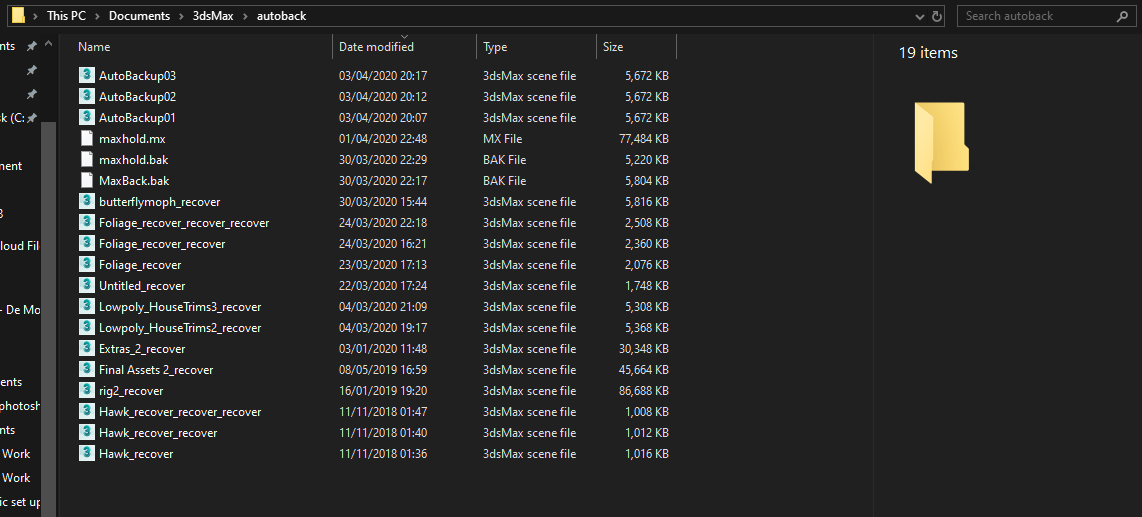 |
| Evidence of some of the recovery files saved while crashing |
This, on top of the inability to focus properly in my room for prolonged amounts of time, set me back around a week's worth of work if not more in terms of my schedule which is incredibly frustrating.
Despite this, I still tried to do at least some work every day to try and keep some semblance of being on track:
on Wednesday, I added a CAT tail bone and pelvis to each of the bushes, rigged the entirety of the bush to the tail bone, added a morpher of the leaves swaying and imported them into UE4:
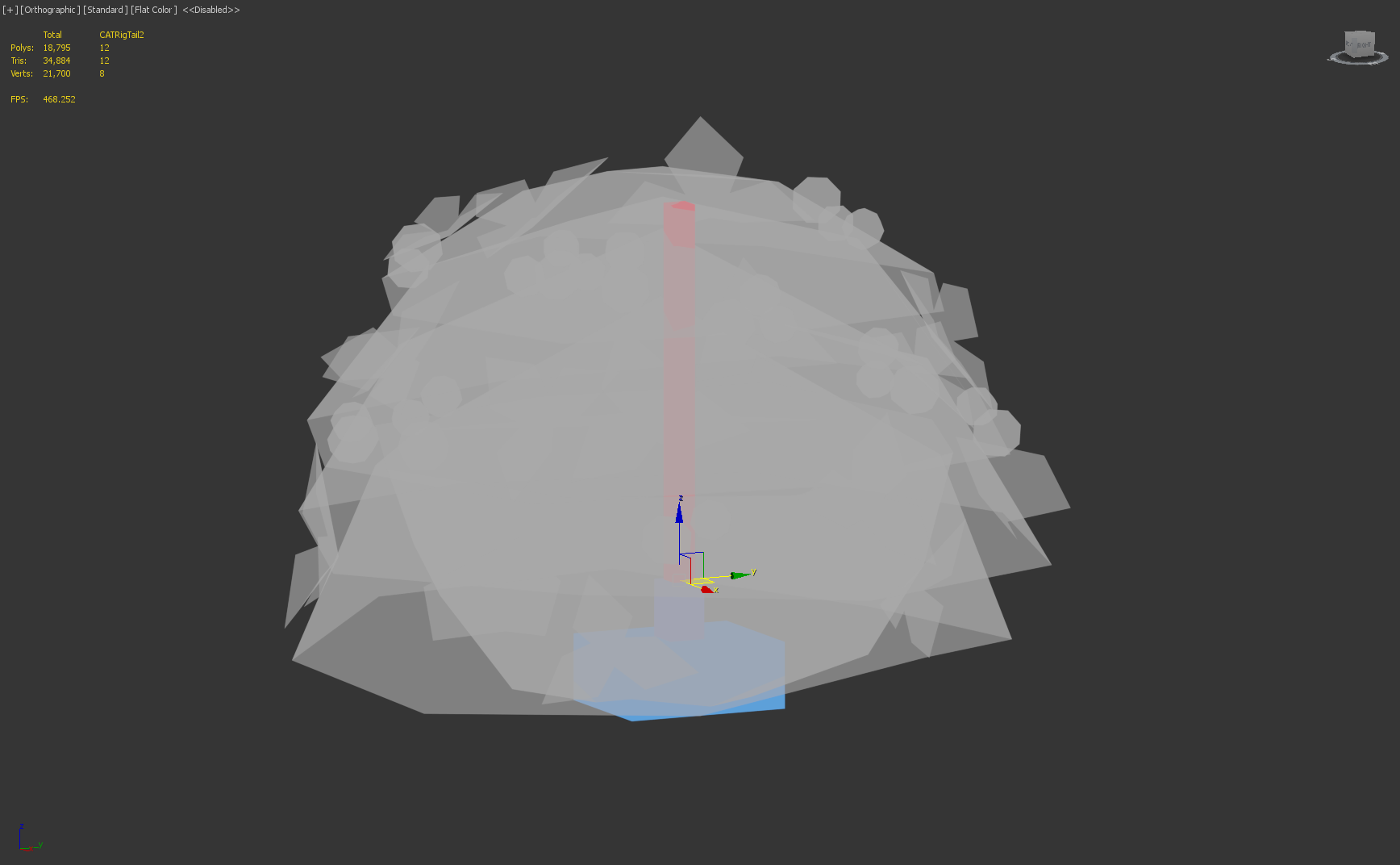 |
| Bones used |
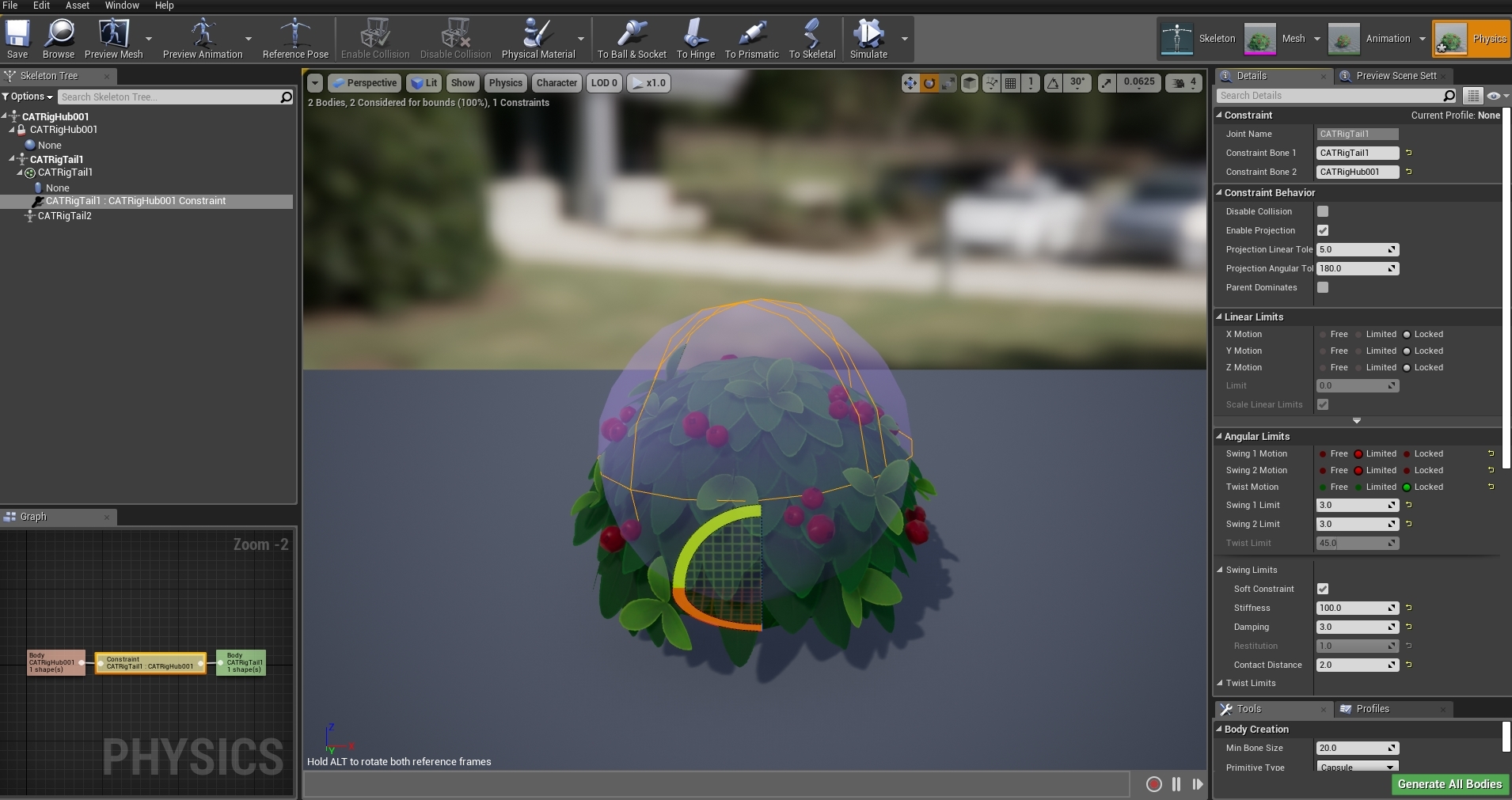 |
| Physics settings |
I kept the base bone as kinematic so that it would stick the base of the bush to the ground, but the rest of the bush was kept at default, turning off any twist and limiting the angle that the bush can tilt to.
